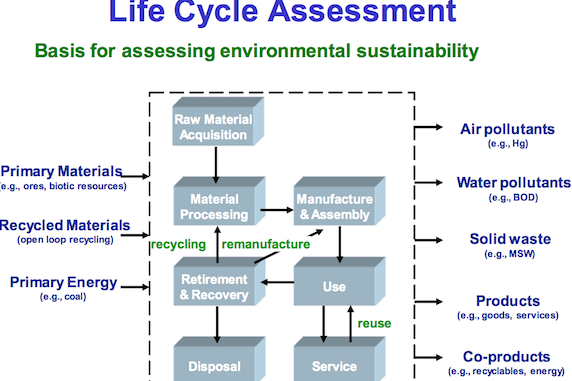

(Taken from 52 weeks of BetterEvaluation: Week 8: Using Social Network Analysis for M&E, by Cris Sette) Examples Using SNA to monitor the evaluation of a research network Purposes can include information sharing, mutual support, and advocacy for social, economic, environmental or political change. Networks may be closed (bound) or open (unbounded), web-based or located within a specified geographic area. In the development of a network it must be ensured that loops are not present.A network evaluation may consider a range of questions and adopt a variety of options for undertaking the evaluation depending on factors such as the type, size, stage of development and purpose of the network.Therefore, if A precedes B, and B precedes C, then cannot precede A. In any network looping is not allowed.Parallel activities between two events, without intervening events are prohibited.

The joint completion of more than one activity which shows an activity is called merge event, while an event which shows the beginning of more than one activity is known as burst event. There should be only one initial and one terminal node in a network. The activities are identified by the numbers of their starting and the ending events. Numbers are used for representing the events. When a number of activities terminate at one event, it indicates that no activity emanating from that event may start unless all activities terminating there have been completed. The direction of the arrow indicates the general progression in time. The arrow which is used for showing the activity is indicative of the logical precedence only. All preceding activities must be completed before selecting any new activity. Hence, any activity cannot be represented more than once in a network. One and only one arrow is used for representing each defined activity in the network.






 0 kommentar(er)
0 kommentar(er)
